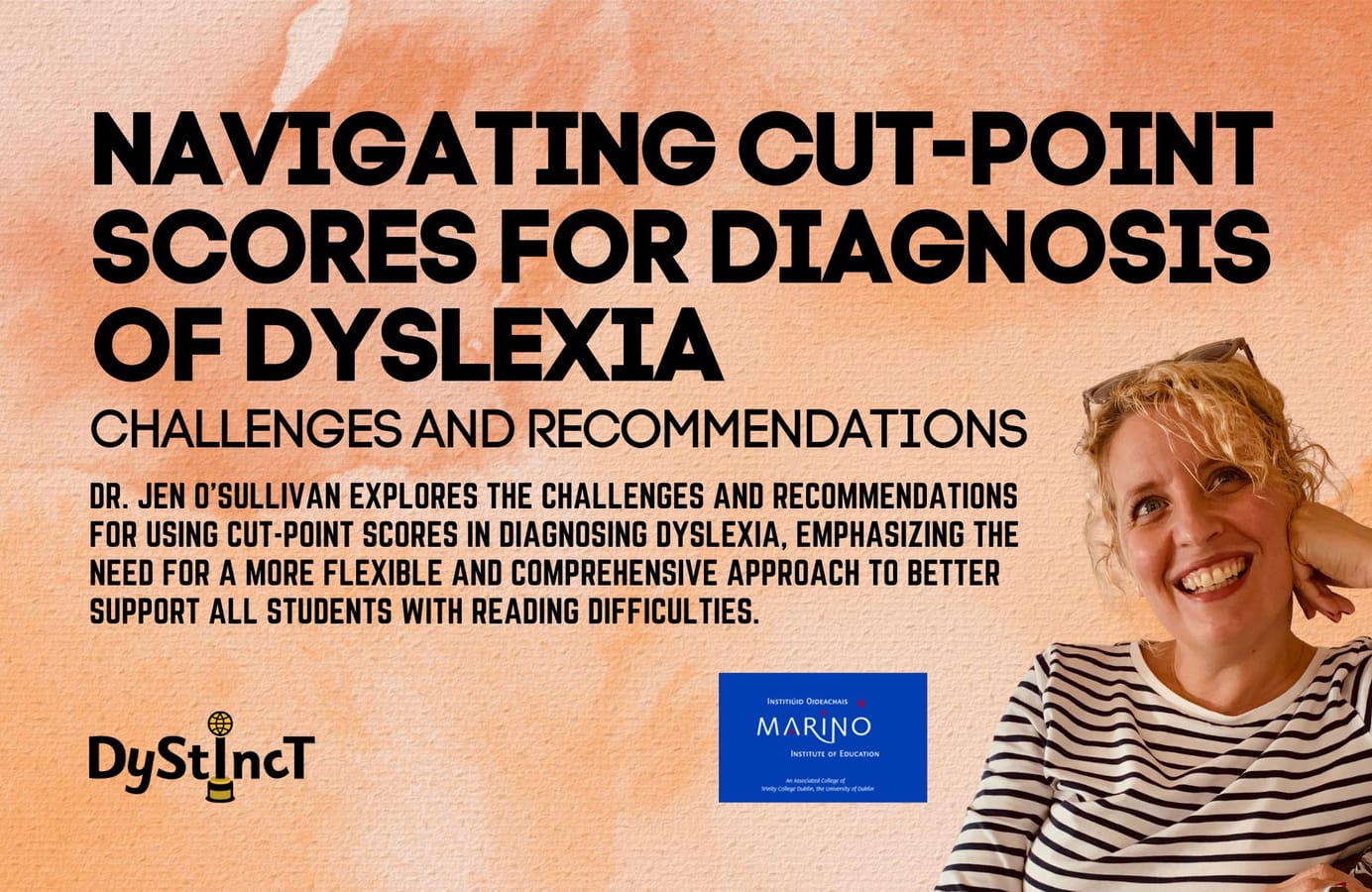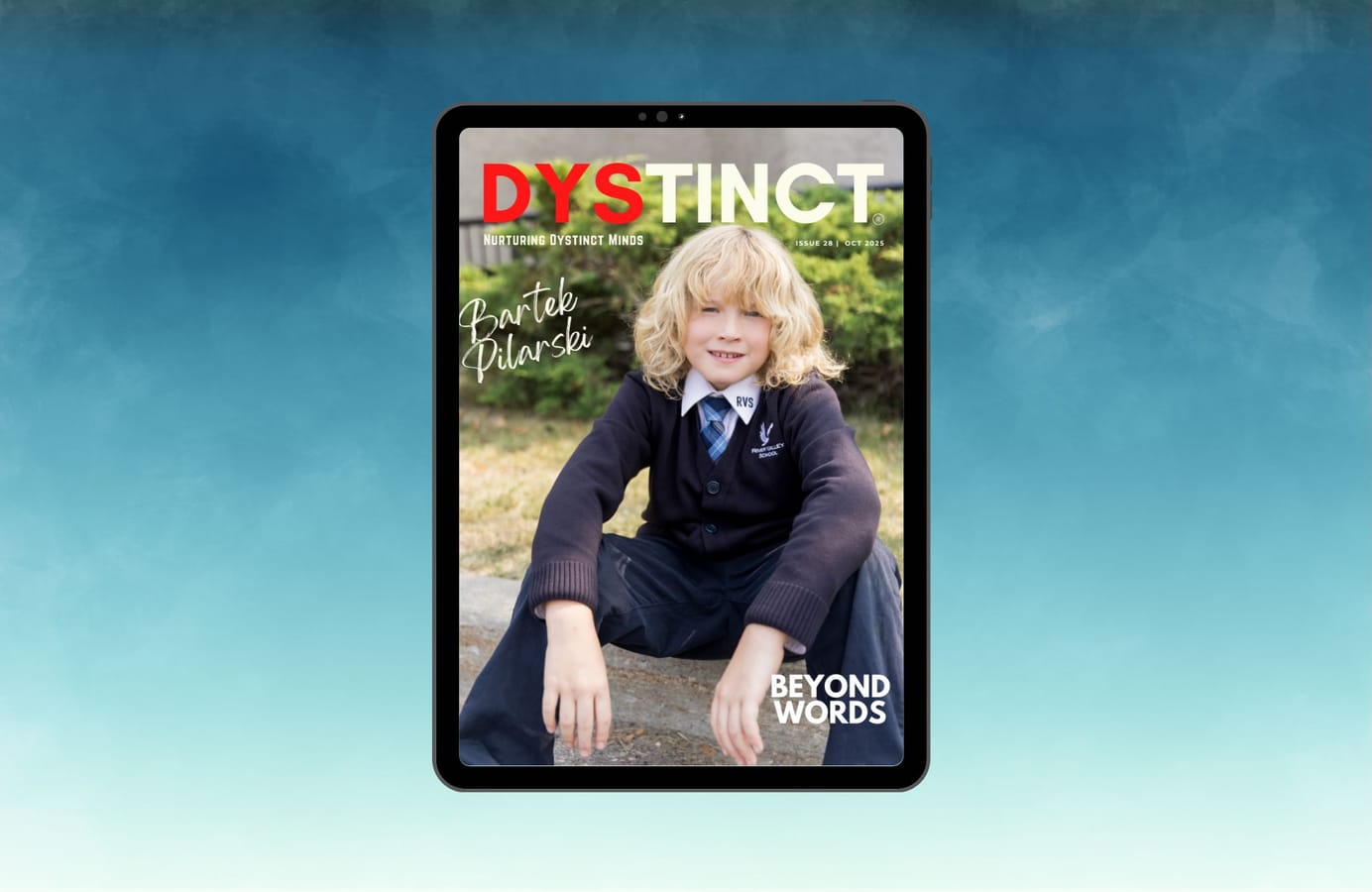
Issue 22: Navigating Cut-Point Scores for Diagnosis of Dyslexia | Challenges and Recommendations | Dr Jen O'Sullivan
Dr. Jen O'Sullivan explores the challenges and recommendations for using cut-point scores in diagnosing dyslexia, emphasizing the need for a more flexible and comprehensive approach to better support all students with reading difficulties.
This post is for paying subscribers only
SubscribeAlready have an account? Log in


